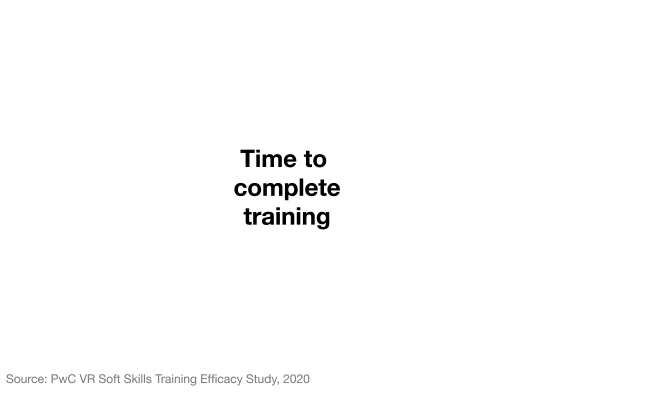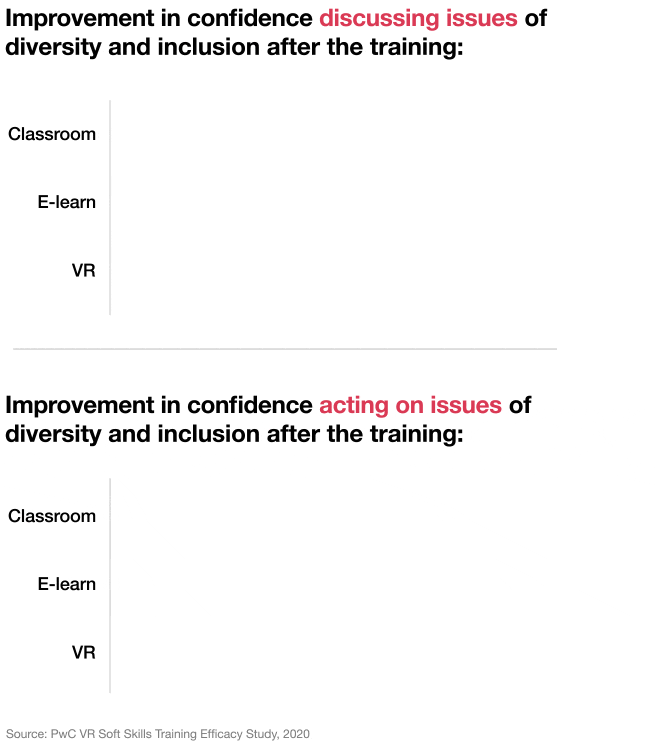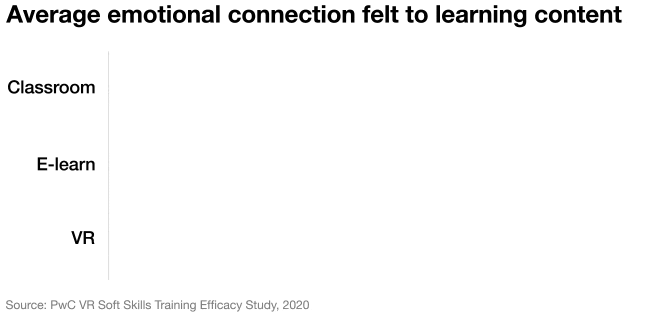


Since the advent of virtual reality (VR) and huge development in the recent years, it can be known as an effective tool for teaching both hard skills like flight simulators or medical procedures simulators for nurses or surgeons, and soft skills such as virtual leadership, interview and presentation training and language learning.
With better accessibility and rapid growth of e-learning especially after COVID-19 pandemic, people are more interested in learning a language virtually in the comfort of their home. However, the learners are so much worried about not receiving similar quality as in-person courses. Through having an organized and quality system of teaching like VR-Language, this concern would surely be tackled.
Here are 5 tip findings that can help learners to choose VR learning than online or classroom learning.
4 times faster to learn than in the classroom

275% more confident to act on what they learned

3.75 times more emotionally connected to the content than classroom learners

4 times more focused than e-learners

At 375 learners, VR training achieved cost parity with classroom learning. At 3,000 learners, VR was 52% more cost-effective than classroom.
 (Source: PwC VR Soft Skills Training Efficacy Study, 2020)
(Source: PwC VR Soft Skills Training Efficacy Study, 2020)
Therefore, the user can have a more meaningful and memorable learning that give direct scenarios that students might encounter, and which are normally impossible to simulate in online or a traditional classroom course.